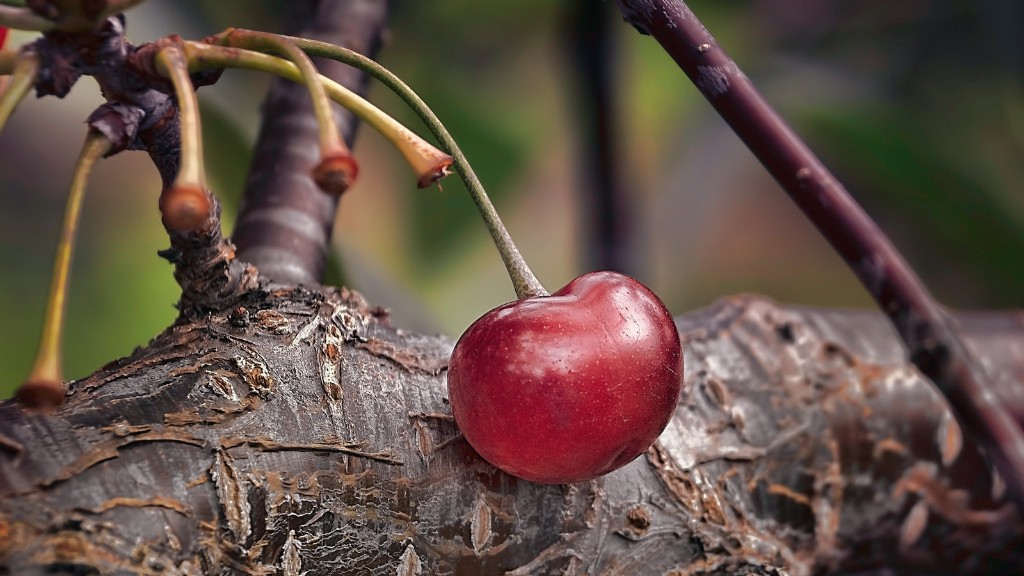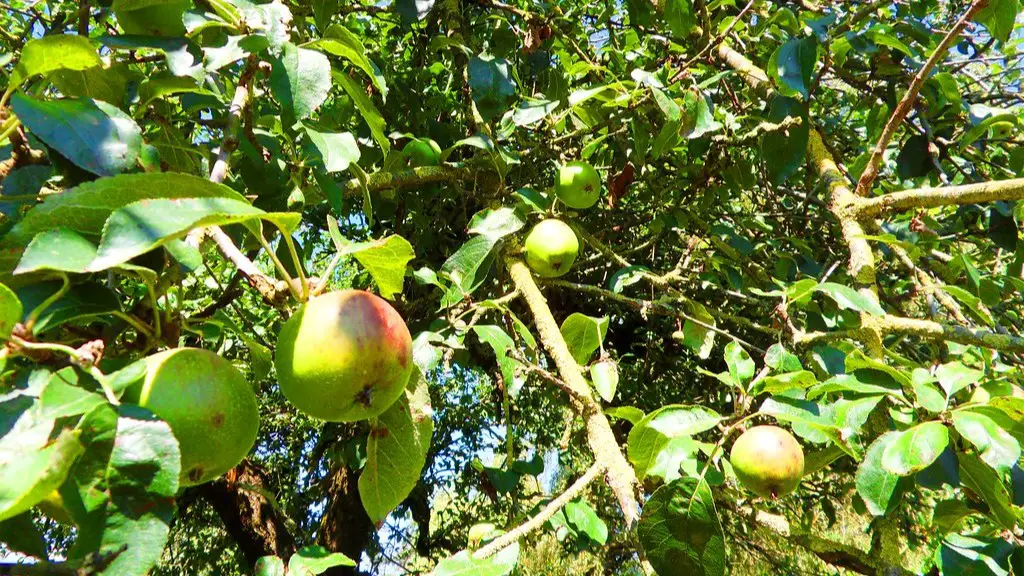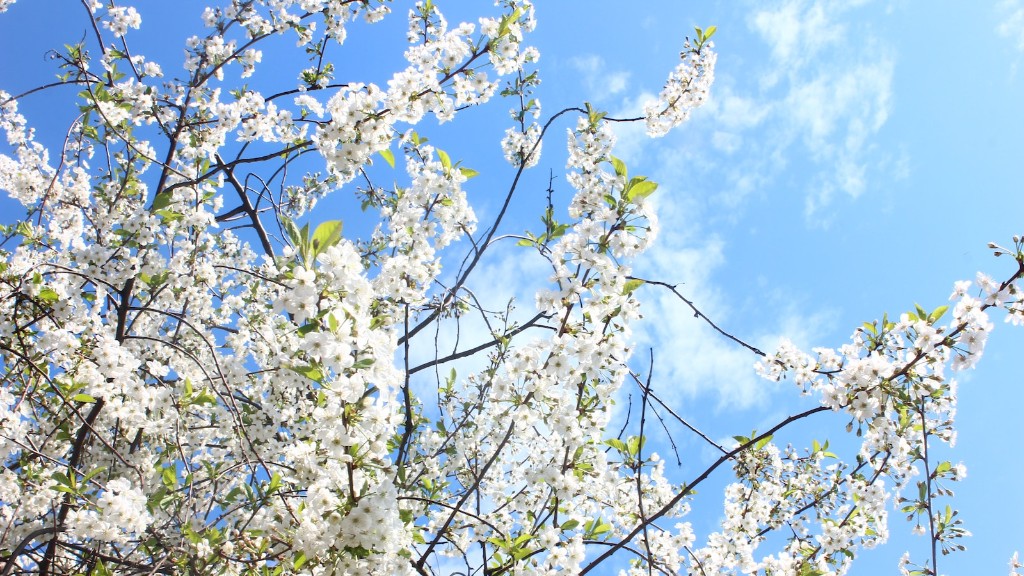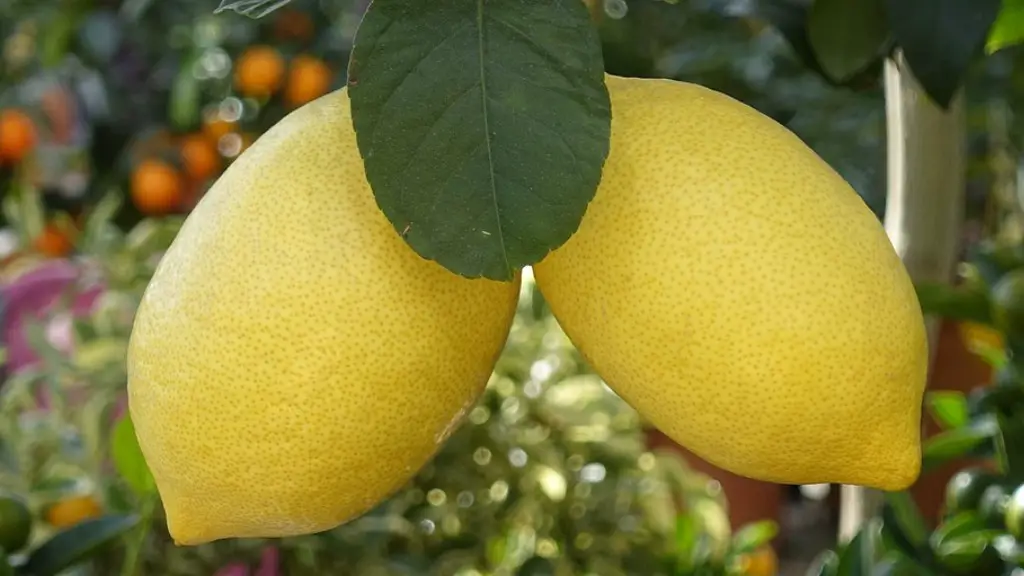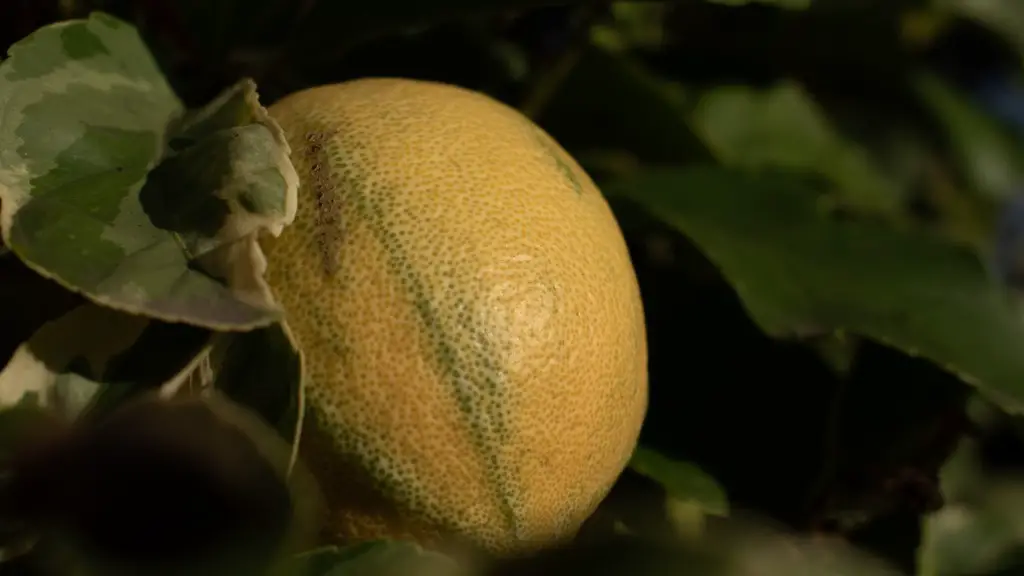Avocados are a delicious and nutritious fruit enjoyed by many. They have become a dietary staple for some, but many often underestimate the amount of effort and patience that goes into growing an avocado tree. Avocado trees can take anywhere from three to four years to bear fruit and have detailed needs in regards to soil, water, light, and temperature. Generally, growing an avocado tree from a seed is a slow process and requires months of preparation and care.
When an avocado seed is first planted, it can take several weeks before it sprouts and begins to form a trunk. Although seedlings often develop more quickly with ample attention, it usually takes 4 months for the first set of leaves to appear on the tree. The full height of the tree, approximately 6 to 10 feet, is reached within 18 to 24 months.
Though the initial process of sprouting can seem sudden, the growth of an avocado tree is not linear. As the tree matures, its growth slows significantly, and it may take years for the tree to reach its full potential. During the tree’s first few years, it must be monitored carefully to ensure its environment is optimal for growing and that pests are kept at bay. Avocado trees require plenty of water, good drainage, and mildly acidic soil to blossom into strong and healthy trees. Exposure to too much heat or wind can stunt growth, so it’s important to give the tree a sheltered environment.
An avocado tree takes a lot of effort and patience to grow but it’s worth the wait. As an durable and far-reaching tree, it provides many health benefits in addition to its delicious fruits. Avocados are packed with important nutrients that help the body fight disease and aid in digestion. They also provide several essential vitamins, like vitamin A, K, B5 and B6.
For those looking to grow an avocado tree, it is recommended to purchase a seedling from a nursery. All the hard floral work has been done and the seedling can easily be planted in a sunny, well-drained, and sheltered environment. It must still be nurtured and taken care of in order to ensure that it thrives and eventually bears fruit.
Time Intensive Process
Growing an avocado tree from a seed is a long process that takes a lot of time and patience. An avocado seed needs to be extracted from the core of the fruit and placed into a damp, porous material that can hold moisture. It is best to keep the seedling out of direct sunlight until it has sprouted, and should be watered every few days.
The seedling must also be carefully trained so that the trunk of the tree does not grow crooked. This is done by removing any branches that form on the lower part of the trunk. Each branch should be trimmed cleanly and the adjustments should be made promptly to prevent excess sap and cellular damage.
Once the tree begins to flower and the fruit starts to set, proper nutrition must be supplied to ensure that the tree can mature properly and produce a plentiful harvest. Fertilizer should be applied regularly during the growing season and organic matter should be added to the soil. Excess amounts of nitrogen can eliminate flowering and fruit production, so a balanced approach to feeding the tree is essential.
Pruning is essential to produce more, larger, and nutritious fruits. Light pruning should be conducted twice a year to ensure that branches stay healthy and small fruit sets are removed before they grow too large. This strengthens the tree and prevents it from becoming overloaded with too many fruits.
Year-Round Care
Avocados need an extra boost of nutrition to thrive and bear high-quality fruits and require more energy and water in the hotter months. Trees planted in pots must be given more frequent waterings, as the soil tends to dry up more quickly. Under watered avocado trees are more prone to disease and become weak and shallow rooted. On the flip side, too much water can cause the roots to rot and inhibit growth.
The amount of light an avocado tree needs heavily depends on the temperature of the environment. In cooler climates, avocado trees can do well with full exposure to the sun. Meanwhile, in tropical regions, partial shade will be the best solution for keeping the tree healthy. Temperature fluctuations should be avoided as much as possible, as these can stunt the growth of the tree or cause it bear low-quality fruits.
It is also important to ward off insects that often cause damage to the tree. Insect infestations can be quite problematic and sometimes require professional assistance to exterminate. The less chemicals being used on the tree, the better. Insecticidal soap and horticultural oils are far less damaging to the tree than heavy-duty chemical sprays.
Harvesting Time
When the tree has finally acquired a thick covering of leaves and begins to blossom, fruit sets should follow soon. It is important to note that not all fruit will be ready for harvest at the same time. Some fruits will be ripe when others are still green. It is best to wait until the fruit is fully mature before harvesting.
Harvesting avocados can be a tricky process. Since the fruits don’t continue to ripen after being picked, caution and skill must be used when harvesting. The trick is to slowly twist the fruit off the branch. Unripe fruit should be left on the tree for a few days and checked regularly for ripeness.
Despite the length of time and effort it takes to grow an avocado tree, the rewards are worth it. With the right amount of knowledge and dedication, an avocado tree is sure to flourish and provide delightful fruits for years to come.
Year-Round Pest Control
Pest control is a crucial part of caring for an avocado tree, as many pesky critters will try to take up residence on the tree and impede its growth. Regular inspections should be done to look for any pests, as these infestations can spread quickly if left unchecked. Traps can be set around the tree to help keep pests away and attract any that may already be in the area.
Common pests of avocado trees include grasshoppers, aphids, mealybugs, whiteflies, and scale. Preventative measures like insecticidal bards and sticky traps are effective ways to reduce the chances of an infestation, but if the problem persists, more serious solutions such as organic or chemical sprays may be necessary.
It is important to always use the best and safest solutions when it comes to pest control, as many of the harsher sprays and solutions can cause more damage than good. Safeguarding the tree from disease and pests is integral to ensure it stays healthy and ready to produce flavorful avocados.
High Quality Soil
When growing an avocado tree, soil is a crucial factor in the success of the tree. Avocados need soil that is well-drained and slightly acidic, with a pH range of 6.5 to 7. Depending on the region, the soil may need to be amended with mulch or compost to reach the desired amount of acidity. The type of soil chosen should depend on the region and the climate it is in.
It is important to never use heavy soil or poorly drained soil for an avocado tree, as this can cause root rot, which will eventually kill the tree. It is a good idea to have the soil tested prior to planting to make sure it has the right nutrients and an acceptable pH level.
The right soil is essential to ensure the tree has the best chance at health and longevity. A well-drained and slightly acidic soil is key to a successful avocado tree. With he right soil, proper care and patience, the tree can provide countless years of delicious fruit.
Fertilizer and Feeding
Avocado trees benefit from a balanced diet of fertilizer and organic matter during the growing season. Nitrogen-rich fertilizer combined with potassium can help the tree maximize its growth, flower production, and fruit set. One should choose a fertilizer that has good amounts of these elements for optimal results.
Organic matter such as compost, seaweed, or animal products should also be added to the soil, as these can help the tree absorb additional nutrients and maintain a healthy pH balance in the soil. Organic matter also helps keep the soil moist, which is important for avocado trees as they do not do well when the soil is too dry or hard.
Once the tree matures, the amount of fertilizer and organic matter should lessen substantially. Avocado trees are only fed during the spring and summer months and are not fertilized at all during the winter. Over-fertilizing an avocado tree can cause the fruit to be small, misshapen, and with an insipid taste.
Rules of thumb
Growers should remember the basics when looking to start an avocado tree. Over-watering as well as under-watering can inhibit tree growth, and high temperatures can stunt the tree or compromise fruit production. Pests and insects must be controlled or else they may cause damage to the tree and even spread disease.
It is also important to never prune the avocado tree during the winter, as pruning stimulates growth and winter is the dormancy period for avocado trees. Furthermore, good quality soil with the right acidity level and appropriate organic matter must be used in order to meet the tree’s needs.
Auto fertilization is also not recommended, as avocado trees are only fed during certain times of the year. Last but not least, don’t rush the process and take the time to understand the tree’s needs. With an optimized environment, proper care, and patience, the goal will be achieved before you know it.
